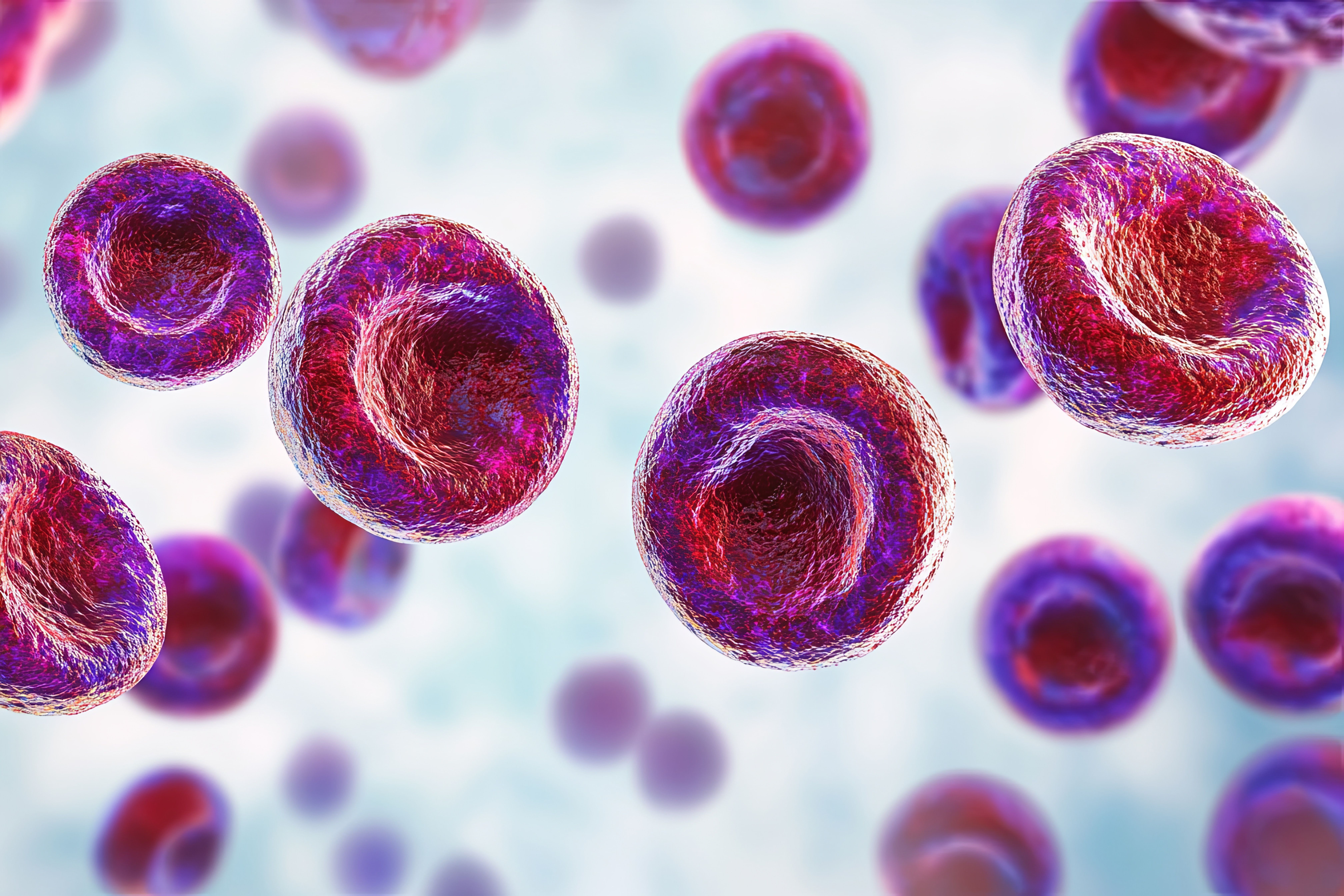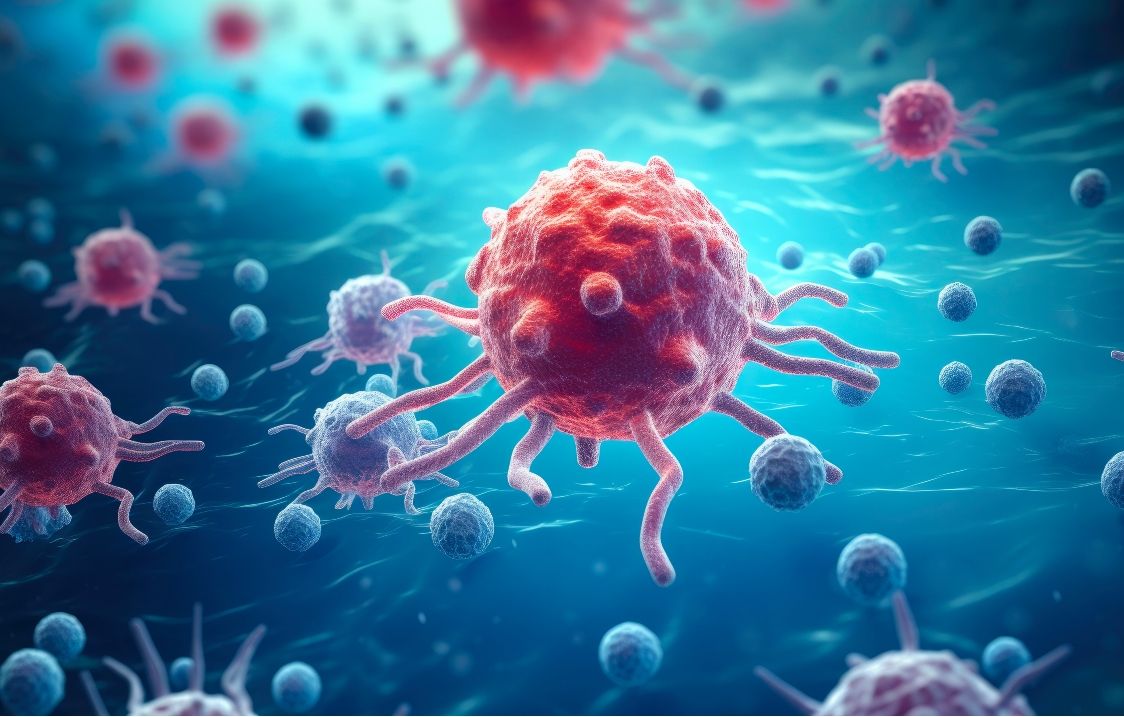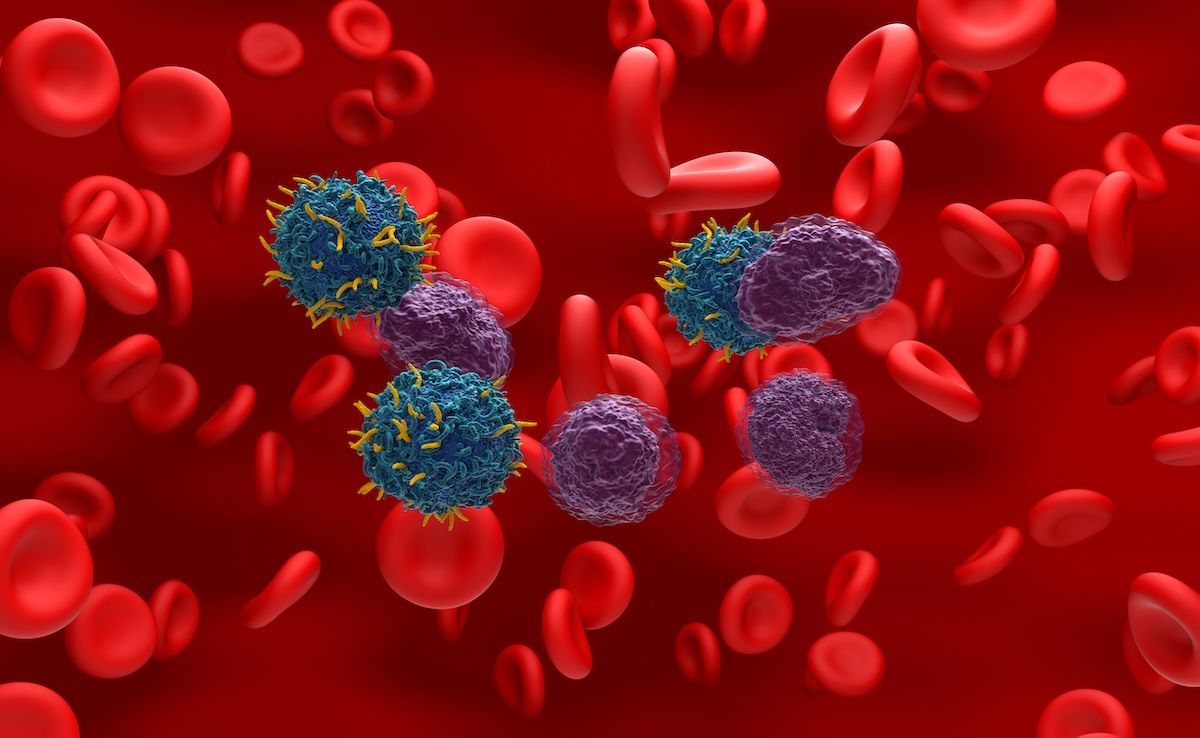Video
Treating Biochemical Relapses in Multiple Myeloma
Expert physicians provide insight into their strategy for treating biochemical relapse in patients with multiple myeloma.
C. Ola Landgren, MD, PhD: You bring up the topic of this risk-adapted therapy. In my reading of the literature, the strongest proponent of that has been the Mayo Clinic. Probably not in Arizona, where you are Rafael, but your friends up in Minnesota have talked about that. I think over time in the newly diagnosed setting, it seems that they have abandoned that concept and concluded that if you give the best drugs to every patient, the best therapy works. The best in standard risk, but the high risk really need it. I don’t know, that’s my read. Looking at the relapsed setting, as I tried to say in the introduction, if you put patients on combination therapy, with or without transplant, with maintenance, which is what we all do here in the United States, the majority of relapses we see are biochemical. The patients who are relapsing with symptoms, they are few, and we know that for those symptomatic patients, if we treat them with too weak drugs, the disease is going to be a problem. That’s what you’re saying, Ajai. You really need the best therapy there.
Ajai Chari, MD: Right.
C. Ola Landgren, MD, PhD: Now my point is, what about if we gave the best therapies to the biochemical relapses, would that same kind of lesson come back and say that’s really why we should do it, instead of saving the more powerful therapies? What do you think about that, Rafael?
Rafael Fonseca, MD: I think you should never save good drugs for later, No. 1. You always have to start with the best possible treatment, and that will hold true by the way for bispecific, CAR [chimeric antigen receptor] T cells, and everything that is developing. Ajai alluded to a point that is actually a reality in nature. It’s been described as the [Derek J. de] Solla Price principle or the Matthew principle, which is those who do well do the best, and those who do bad do the worst. There’s a discrepancy in how the outcomes become exaggerated, which brings up a fundamental point.
Historically we’ve thought, “Boy, that’s high risk, maybe that person needs a better drug, a better proteasome inhibitor.” The other side of that coin is for the ones who do well, they’re going to do even better. There’s a real challenge in how we think about this because we don’t want to hold back on effective therapy for those who have a better prognosis, because those might benefit the most.
Now, imagine a future where we give a 5-day course of therapy with drug X, whatever that is, and you stop and you’re done, and you have to do more for high risk. Given the tools we have right now, I think it’s potentially a disservice to dial down on the intensity. I think the intensity needs to be dialed down just so that we have the right tolerance, because staying on treatment is critical.
A great example of this is the drug ixazomib. Ixazomib doesn’t pack the punch that carfilzomib does. But boy is it a convenient drug, and patients can stay on this for a time. I actually use quite a bit of ixazomib. I think of it as a great drug, without the full power of carfilzomib for some scenarios. Those are the things we need to wrestle with as we think about the decision and risk stratification for our patients.
C. Ola Landgren, MD, PhD: Coming back to you again, Ajai. What is your strategy when you treat patients who have received, and then subsequently failed, a lenalidomide-based regimen in the front line? That is the kind of patient we’re talking about here.
Ajai Chari, MD: I think to integrate what all of you have been saying a little bit, the treatment is always guided by patient disease and treatment factors. We can’t say one-size-fits-all. For example, you could have an older, frail patient who has a very indolent biochemical progression and on a very low dose of lenalidomide. At the other extreme you might have a young, fit patient who relapses very early after quadruple therapy with double maintenance with clinical symptoms. How you treat those patients isn’t going to be the same. At a high level, I would say one of the big limitations is we have, at the last count, probably 13 to 15 high-impact phase 3 publications in myeloma studies in The New England [Journal of Medicine], The Lancet, Blood, etc. And a bunch of them you have to throw out the window because if they used an Rd [lenalidomide, dexamethasone] backbone, that wouldn’t apply to this person.
Then you could move to a Vd [bortezomib, dexamethasone] backbone. I believe many of us think, “Could we not do better than bortezomib with all the neuropathy in the relapsed setting?” Then if you leave that, you’re dealing with the next-generation studies of pomalidomide and carfilzomib backbone. That’s the real question: Do you want to use a Pd [pomalidomide, dexamethasone] or a Kd [carfilzomib, dexamethasone] backbone? Of course, you could do both and do KPd [carfilzomib, pomalidomide, dexamethasone]. If you’re going to practice evidence-based medicine, I think we have some sister twin studies; depending on DARA [daratumumab] or isatuximab, we have ICARIA-MM and APOLLO for the CD38 [pomalidomide, dexamethasone], and IKEMA and CANDOR for the CD38 Kd [carfilzomib, dexamethasone].
While the hazard ratios are all the same, I think the big difference is the control arm. [Pomalidomide, dexamethasone] is in some ways a homeopathic doublet, which as we just heard, if triplet after triplet is favorable, why do we keep going back to these historic doublets as control arms when we’ve all moved past that? Whereas at least the Kd [carfilzomib, dexamethasone] backbones are using [the ENDEAVOR trial regimen], 56 mg twice weekly, very good control arms. So the control arms are doing much better.
It’s not fair to compare all 4 studies on the same footing because your backbone regimen is so much better with the Kd [carfilzomib, dexamethasone]. Personally, I’ve been leaning toward the CD38 Kd [carfilzomib, dexamethasone] for over a year now, and I really like weekly carfilzomib with CD38; that’s my preferred choice. Certainly if somebody is older and you’re worried about the heart, [pomalidomide, dexamethasone] is a good backbone. The final point would be we saw a lot of data at ASH [the American Society of Hematology 2020 annual meeting] that if for some reason either access or cost is an issue, depending on where you’re practicing in the world, cyclophosphamide is also a third dance partner, either with pomalidomide or carfilzomib.
C. Ola Landgren, MD, PhD: When you do the Kd [carfilzomib, dexamethasone] regimen, do you do that also for the biochemical relapses, or you save it for the symptomatic?
Luciano Costa, MD, PhD: There’s the nuance, where I wouldn’t necessarily do it going from IFE [immunofixation electrophoresis] negative to positive, but in a low-risk patient you could wait a little longer. In a high-risk patient, I just got an email about a person, who apparently another KOL [key opinion leader] told the person to wait, but the PET [positron emission tomography] scan is showing growing lesions, and the M spike is going up. I’m thinking, “You’re not putting a 77-year-old on a clinical trial, just get the treatment going.” There’s a nuance. I think it’s nice to have a little bit of measurable disease so you know you’re confidently reducing the disease. It’s like the analogy: it’s hard to lose 2 lb, because that’s just clothing and a bowel movement, but if you have 10 lb, you have something to work with.
C. Ola Landgren, MD, PhD: So you don’t do as much of the [daratumumab, pomalidomide, dexamethasone], you do [daratumumab, carfilzomib, dexamethasone] in your practice?
Ajai Chari, MD: Yes, I’ve been moving to the CD38 Kd [carfilzomib, dexamethasone].
C. Ola Landgren, MD, PhD: That’s a little along the lines of what I was trying to challenge Rafael about here, because Kyprolis [carfilzomib] is a more powerful drug, at least it’s considered that clinically, if you compare it across the board.





